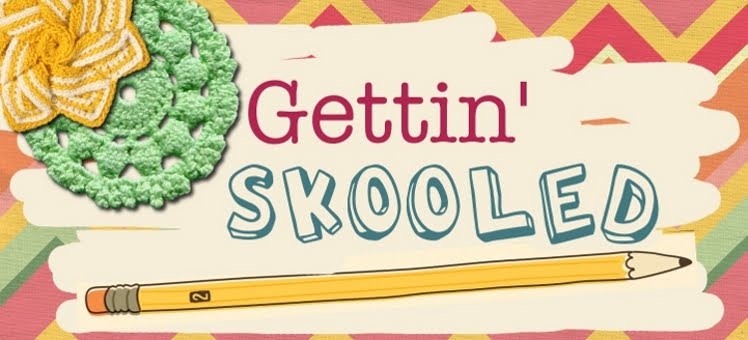Yesterday, we had our very first art class as a co-op! I was thrilled. Art is one of the most important things in this world to me and I am so excited to share my very limited knowledge with my children.
Being that it's almost Valentine's Day, we incorporated a little love into our class. Unlike in the past, I was able to keep it very simple and not go overboard with the planning. Since this was our first class, I only invited two families from our church homeschooling group. I'm glad I did. We had 8 kids, including 3 two year olds. Any more would have been quite the three ring circus.
The morning of, Merrick and I made little melted crayon Valentine cards for his friends. It was the most simple thing ever! The night before, I peeled the paper off the crayons to save time. I also downloaded the cards from this site and printed them out. Then, we broke up the crayons into our greased mini muffin tin, baked them at 275 degrees for 8 minutes, then let them cool (which took about 20 minutes). It would have been awesome if we had a heart muffin tin, but, like I said, I was trying not to stress over the details.
As there are a couple of gluten free folks in our group, I wanted to have at least one gluten free treat. I often struggle with this as gluten recipes online often contain expense ingredients with which I am not familiar. Then, lightening struck, and I thought, "Chocolate covered strawberries! Easy. Quick. Perfect for VDay. Good grief, I am a genius!!!"
1) Who created art? (God!)
- Check out the first five words in the Bible: Genesis 1:1 "In the beginning, God created..."
- Repeat Genesis 1:1 together several times.
- An artist is a person who creates.
2) Elements of art - the parts of art that an artist plans.
- Here are two of the elements of art we are going to learn about today:
- Color - what we see because of reflected light. There is no color in the dark.
- Light - a mark made by a moving point. "When a dot goes walking..."
3) Lines
- Here are a few types of lines (I had a visual example of these lines):
- wavy
- zig zag
- straight
- horizontal lines - give a feeling of rest, give a sense of space (example - a line under a
a cow's feet let's us know he is not floating midair)
- vertical lines - give a sense of height (give them the example of a tall building)
- diagonal lines - give a sense of movement (discuss ocean waves)
4) Color - artist select colors for their effect (show art work examples)
- warm - red, orange, yellow
- how do these colors make you feel? (excited, happy)
- what is something that is red/orange/yellow (fire, sun, dandelion)
- cool - blue, green, violet
- how do these colors make you feel? (calm, sad)
- what is something that is blue/green/violet (rain, ocean)
At this point, the kids enjoyed pointing to things in the house or things that they were wearing and telling me whether they were cool or warm.
5) Jim Dine
- born in 1935 in Ohio
- pop artist and sculpture
- pop artist included every day items in their art
- Jim Dine also did paintings of bathrobes, tools, and skulls (show examples)
This lesson was perhaps just a bit too long for our crowd. If I could go back and change it, I would either shorten the part on lines or not talk about it at all.
The Art Project
Write your name on your paper. Draw six hearts on your paper, three on top and three on the bottom . Color the top 3 with warm colored crayons and the bottom three with cool colored crayons (stay away from black or brown here). Press pretty hard with the crayons. After coloring the hearts, use a white crayon to draw three different types of lines in the background. Use watercolor paints to paint a light "wash" over the entire painting. You will notice the crayons resist the paint. If you have time, you can use oil pastels to brighten up the hearts after the paint dries.
Note: For our 2 year olds, I had 2 hearts already printed on the paper. I wish I would have had a template ready for the big kids as well. Because I did not, they diverted from the original directions and drew only one or two hearts.
The proud artists (minus a few 2 year olds):
A few examples of their work (Kindergardeners):
My example of what the project:
I can NOT wait for our next class. I think I'm going to teach a class just on lines using Jackson Pollock's work as an example. For some other great art ideas for kids, follow my board on Pinterest here.
My long term goals for the year are to teach the children all seven elements of art. Also, I hope to throw in a few lessons or projects on self portraits, different types of art (abstract, etc), and feature some of my favorite artists like Paul Klee and Van Gogh.







